WORKING HOURS
7 Days a Week from 24 Hours
LOCATION AND ADDRESS
HOTLINE & GENERAL INFORMATION
AHM +91-7043008890 | BLR +91-6366209990 | CHR +91 9501768105
Diabetes Type 1




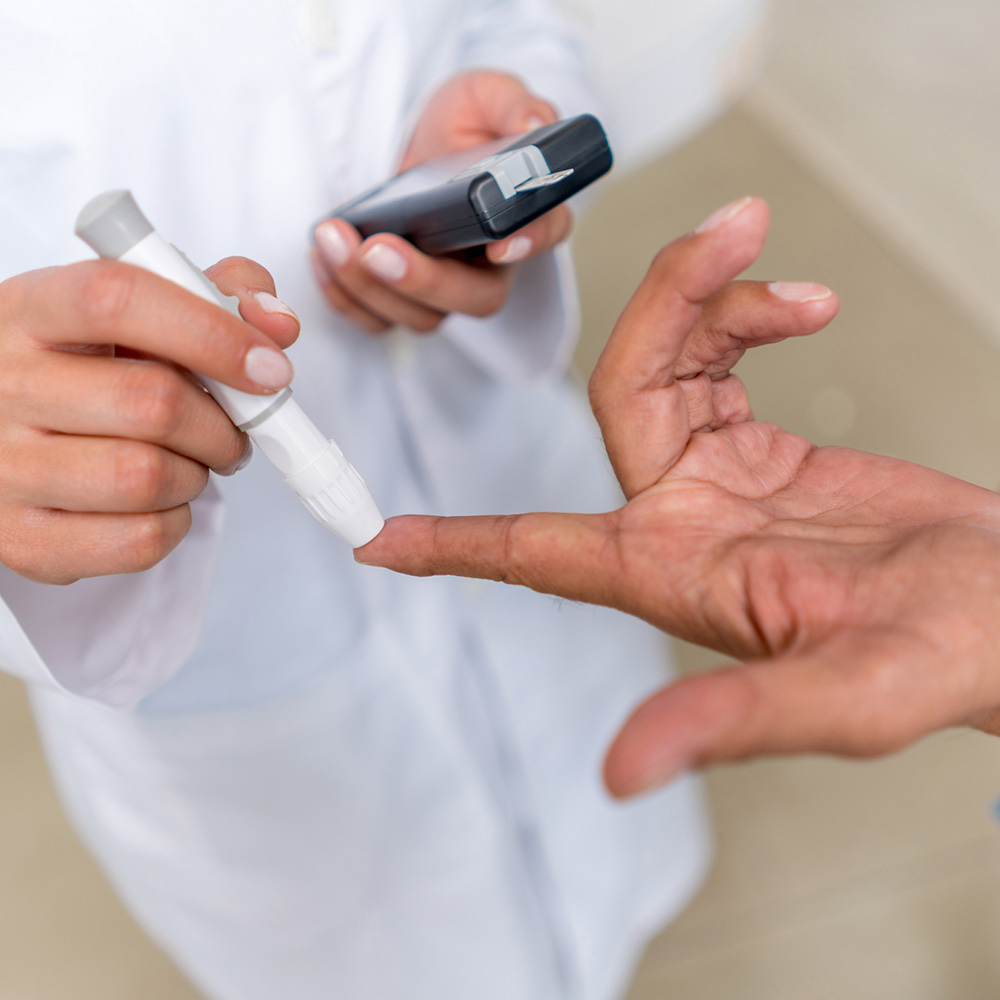
What Is Diabetes Type 1?
Diabetes is the disease affecting the metabolism of glucose to a great extent. The glucose is required by the cells for energy production and normal functioning. This glucose comes in the blood from the food we eat and carried to the cellular level by an important hormone known as the insulin. Once the meal is consumed by the body, it breaks down into the glucose and other nutrients which are then absorbed in the bloodstream from the gastrointestinal tract. This glucose is then transferred from the blood stream to the cells. The diabetes develops when the body either can’t prepare insulin or can’t respond to the insulin. Diabetes can be mainly differentiated into two broad categories such as Diabetes Type 1 & Diabetes Type 2.
How Prevalent Is Diabetes Type 1?
- 5% Non Hispanic or white adults
- 0% of Asian Adults
- 8% of Hispanics
- 2% of Non Hispanic blacks
- 9% of American Indians/Alaskan Natives

Factors Responsible For Juvenile Diabetes

AGE
GENDER
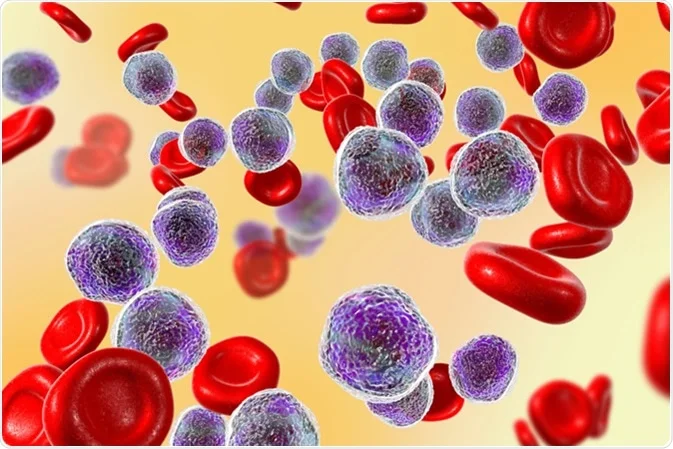
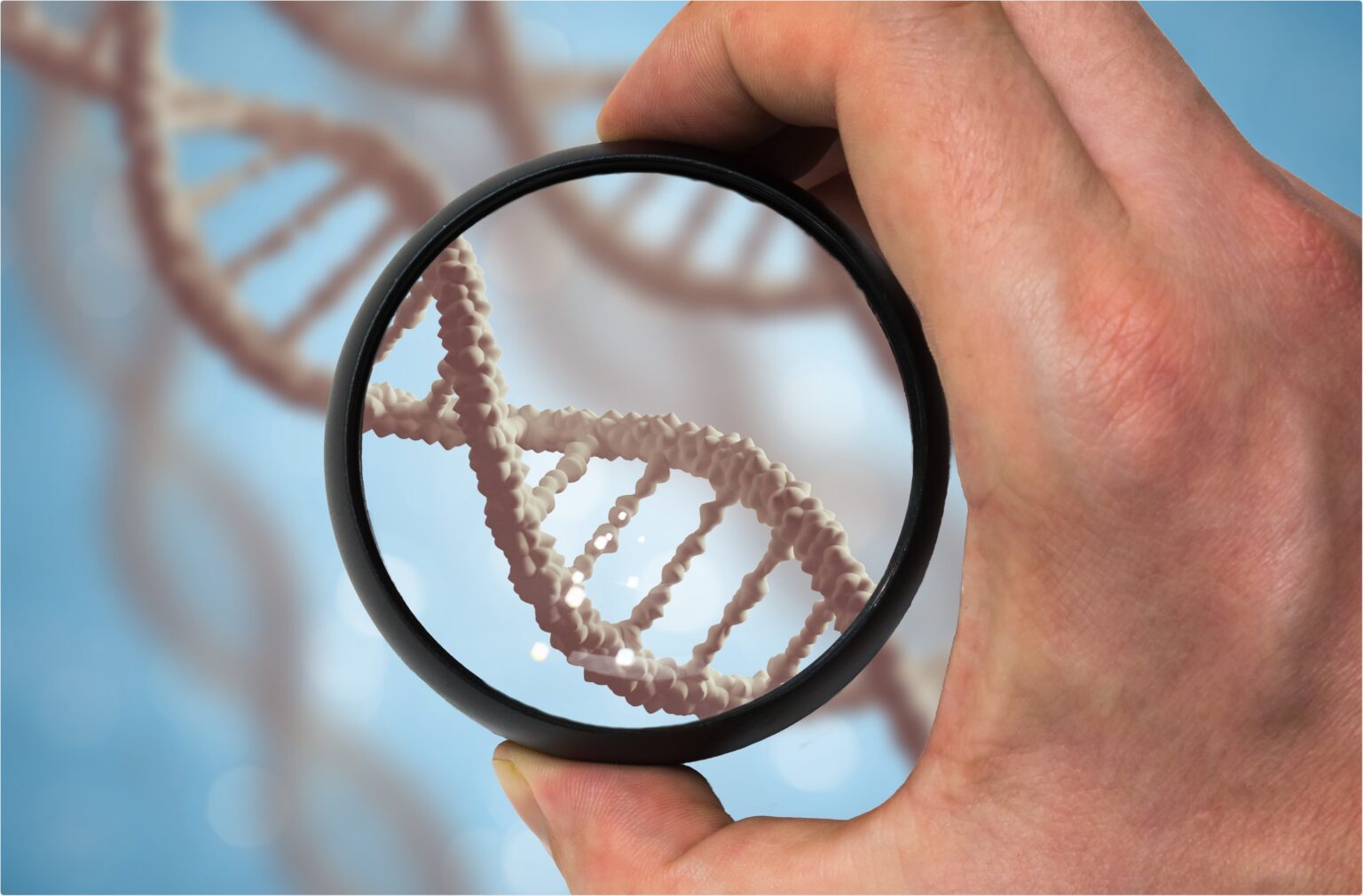
GENETIC
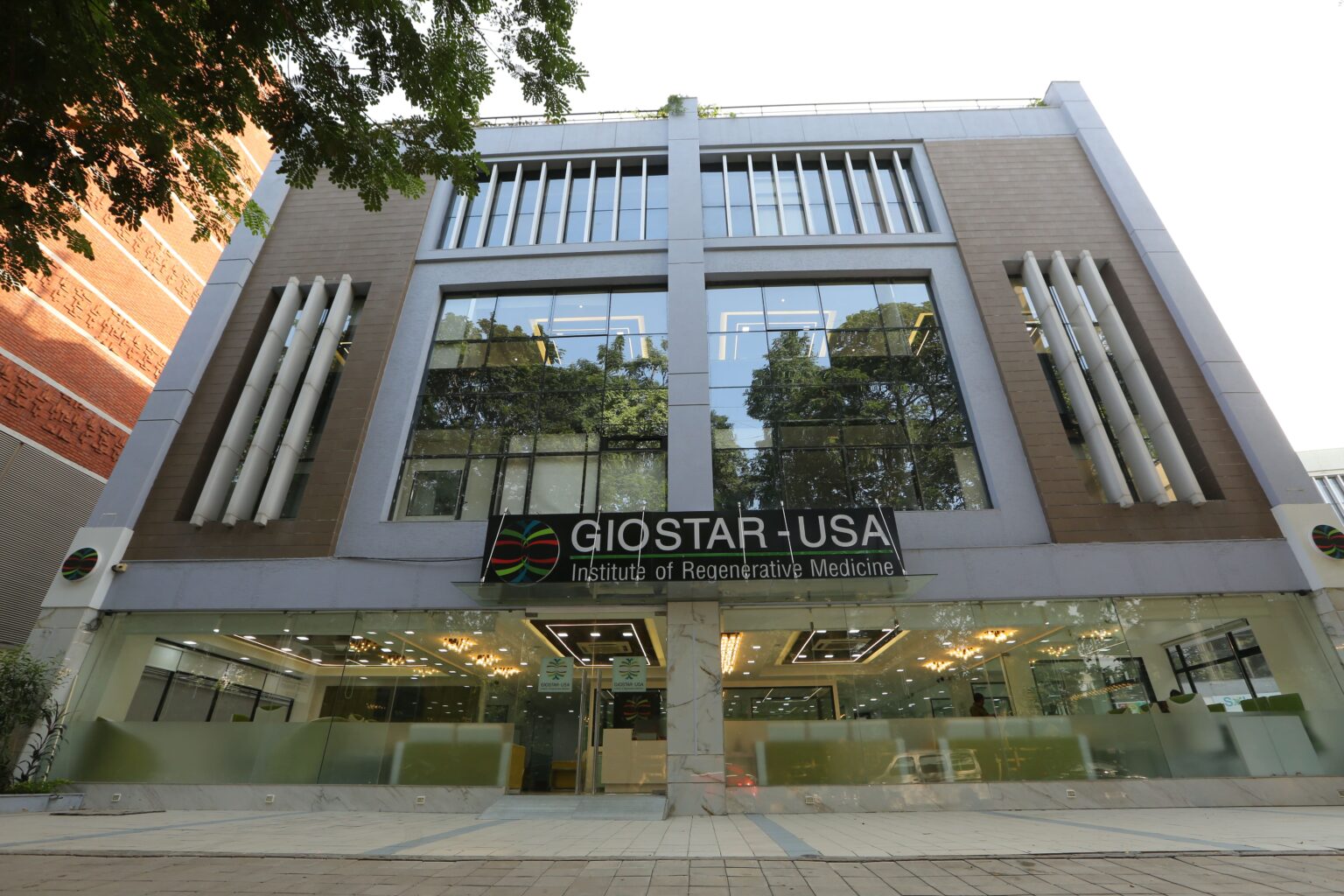
GEOGRAPHY
- Exposure to certain viruses such as EB virus, Mumps and Cytomegalovirus
- Early exposure to cow’s milk.
- Low vitamin D level
- Drinking water containing many pesticides such as nitrates.
- Early or late introduction of cereals or gluten in the baby’s diet.
- The preeclampsia of the mother.
- Being born with jaundice.





Symptoms Associated With Type 1 Diabetes
- Increased thirst
- Frequent urination
- Bedwetting
- Extreme hunger
- Unintended weight loss
- Irritability and mood swings
- Fatigue and weakness
- Blurred vision
- Vaginal yeast infection in females
Prognosis Associated With Type 1 Diabetes
Skin and bones of the feet and legs are brittle or get numb.
Illness such as pneumonia
Nausea or vomiting
Fruity mouth odour
What Goes Wrong In Type 1 Diabetes?
Type 1 diabetes is the complication occurring at any stage but more prevalent in young children. The Human body needs glucose for the generation of energy which is obtained from the food we eat. The foot is broken down into the glucose and other essential molecules immediately after its consumption. In order to move glucose from the blood stream to cells, where it gets metabolize for the energy generation; Insulin is required. Insulin is produced by the beta cells of the pancreas.
In type 1 diabetes, due to autoimmune reaction, body’s own defense system can damage insulin producing beta cells; due to which insulin production is stopped. Without enough insulin glucose gets accumulated in the blood stream itself. This build up of glucose may lead to hyperglycemia.
How Stem Cell Treatment For Diabetes May Help!
Stem cells are the mother cells that are responsible for developing an entire human body from a tiny two celled embryo; due to their unlimited divisions and strong power to differentiate into all the cells of different lineage. This power of stem cells has been harnessed by the technology to isolate them outside the human body, concentrate in the clean environment and infused back.
Thus, Stem Cells Treatment for Diabetes involves administration of concentrated cells in the targeted area, wherein they can colonize in the damaged area, adapt the properties of resident stem cells and initiate some of the lost functions that have been compromised by the disease or injury.
Various data is available suggesting in vitro differentiation of stem cells into insulin producing beta cells. These cells can as well help in creating a microenvironment due to initiate secretion of different immune cells to counteract autoimmunity of the individual.
Treatment Of Type 1 Diabetes At GIOSTAR
We have mastered the technology for isolating maximum number of viable stem cells from either the autologous sources of your own body or allogeneically with the matched donor to treat various patients. We are the licensed, private organization with the excellent, well equipped state of the art facility to isolate process and enrich the viable number of stem cells, which can be re infused back into the patient’s body. Generally, these cells are administered through any one of the below mentioned methods depending upon our expert’s advice:
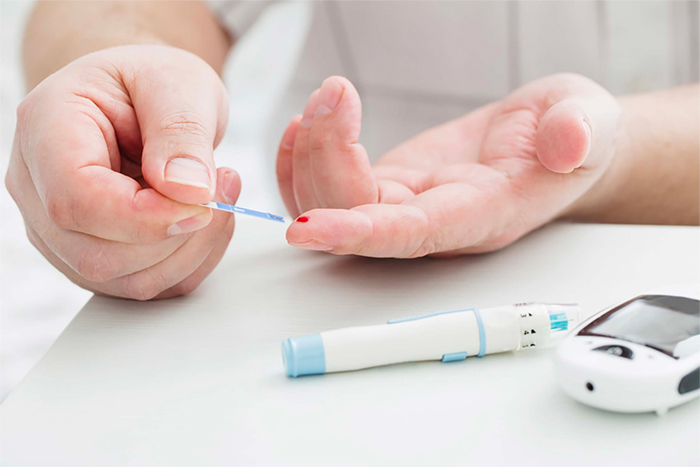
LOCAL ADMINISTRATION
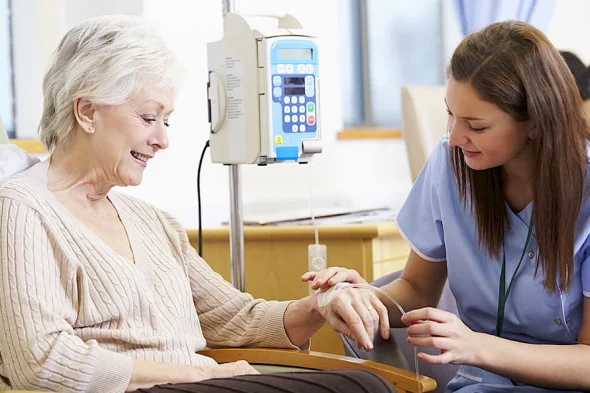
INTRAVENOUS ADMINISTRATION
What Sets Us Apart
- Headquartered in the USA.
- The founder is the leading authority in the field of stem cell science credited with helping in setting up the stem cell research programs at top research institutions in the USA including Salk Research Institute, Sanford-Burnham Institute, UCI, UCSD.
- Scientific And Medical Advisers/Consultants are luminaries who have worked at leading Universities in the USA and Europe.
- State of the art and the first private Stem cell treatment hospital in India inaugurated by (then Chief Minister of State of Gujarat) and present Prime Minister of India Shri Narendra Modi
- One of the world’s largest Stem Cell Hospitals funded by the government of Gujarat, India.

Disclaimer : Results may vary for each patient. GIOSTAR practice the application of stem cell therapy within the legal regulations of each country.

